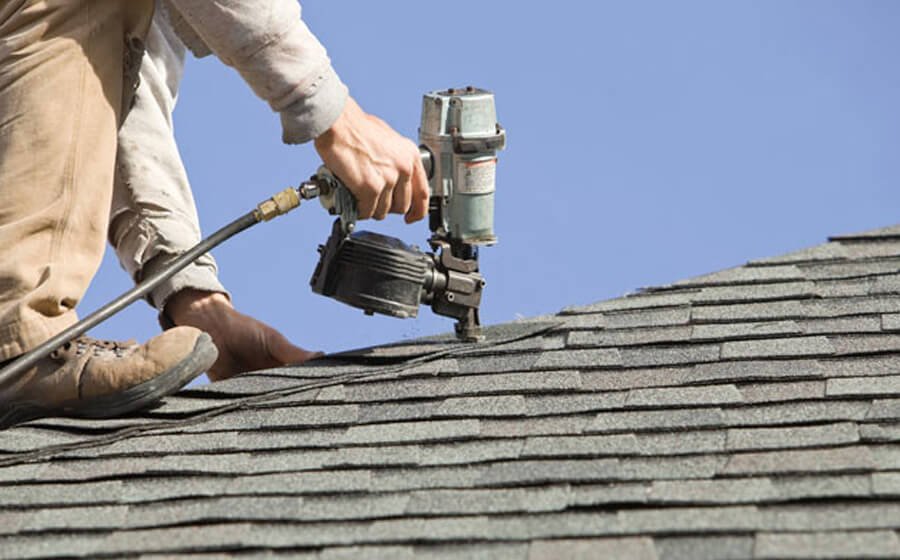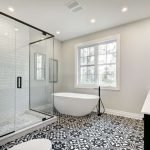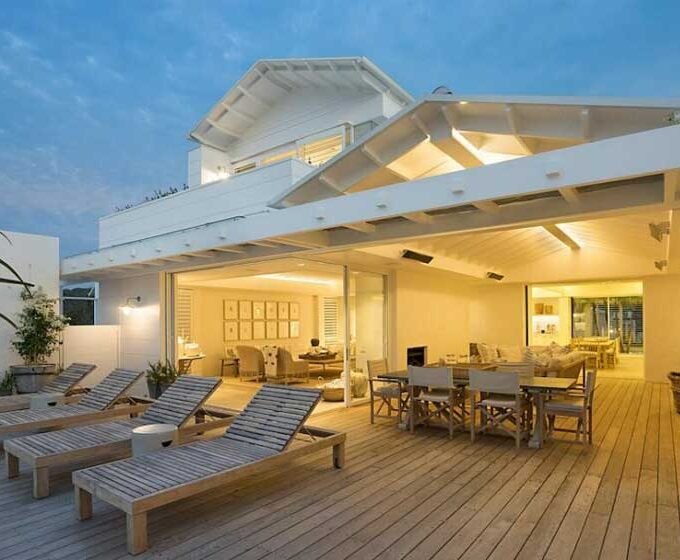Having a roof replacement may seem an expensive undertaking for many homeowners. After all, getting a new roof comes with all sorts of costs. While considering costs for any home renovation project is prudent, any such decision should account for the long-term costs. For instance, opting for roof repairs over a replacement could end up costing the homeowner much more in the long run. For more on how short-term fixes can add to overall roofing costs, explore this page.
Below are some of the hidden costs associated with avoiding roof replacements.
1) Continuous Roof Repairs
This seems to be the default option for most homeowners when it comes to roof maintenance. Yes, roof repairs tend to be cheaper than replacements. This is especially the case when only one roof section seems damaged. It’s easy to pay for the repairs of a few shingles than it is to make wholesale replacements.
The problem with such an approach to roof maintenance is that the homeowner may end up paying more for repairs than the actual cost of roof replacement. This is especially the case when a roof needs repairs every few months or after every bout of inclement weather conditions.
Opting to not replace your roof means you’ll continue to pour money into repairs that may not solve the underlying roofing problems.
2) Water Damage
Every homeowner that has had to deal with the effects of water damage on their home knows how costly they can be. The resultant damage, both to your house’s structure and property, ends up costing you a fortune. Choosing to not replace your roof when it is damaged means that water can easily find its way into your house when it rains or snows. Water damage due to intrusion by such physical elements can cause other problems like mold growth.
Water damage as a result of a poor roof structure will begin to affect other parts of the house. For example, moisture may begin to creep into walls and floors, rot can ensue quickly. This is most common when the walls and floors are made of wood, making them more susceptible to rot. With such water damage, things can only get worse. All such water damage can be the result of choosing not to replace your roof.
3) Health Issues
A common result of water damage due to a compromised roof is mold and mildew growth. These organisms, in addition to causing structural damage, also pose a health risk. Many of them release toxic substances that can cause allergic reactions, leading to trips to the emergency room. Depending on the severity of such allergies, you may end up with significant medical bills.
Also, not replacing your roof as you should poses the risk of a collapse. A collapsed roof can mean physical injuries, meaning more medical bills to settle.
4) Increased Energy Bills
An often-ignored function of a well-maintained roof is its ability to regulate temperatures inside a house. A roof does this by offering insulation by keeping out warm air during summer and cold air during chilly weather. Of course, such insulation means that you won’t have to keep heating or warming your house as often, meaning less strain on your air conditioning system or heater.
When you fail to replace your roof, all such advantages are likely to be lost. This will mean increased costs of heating or keeping your house interior cool.
5) Compromised Light Fixtures and Electrical Issues
A damaged roof means that water can find its way into the ceiling and other house sub-structures where light fixtures and electrical wiring are located. In addition to damage, water can also cause a short circuit, thereby increasing the risks of an electrical fire. As a homeowner, all these issues mean added expenses when you contact an electrician to fix them.
6) Decreased Property Value
A roof is one of the things that helps to add to a property’s marketplace value. Not replacing your roof when you should could mean that your house loses its value. Depending on the roof’s condition, this loss of value could be significant.
A roof adds significant curb appeal to a house. This is the quality of a house being attractive as observed by potential buyers. Not replacing your roof could mean that your house sustains serious structural problems that ultimately make it lose some value. This will mean a loss should you choose to sell it.
When all is said and done, the cost of not replacing your roof is generally higher than the alternative. That’s why every homeowner should consider roof replacement carefully before choosing to forego it.
















